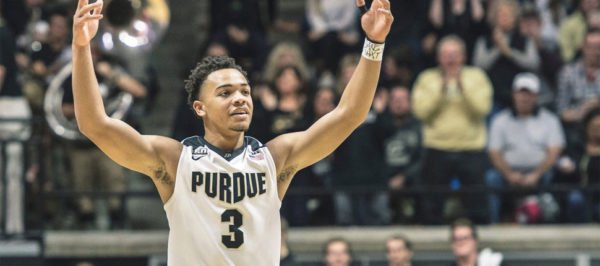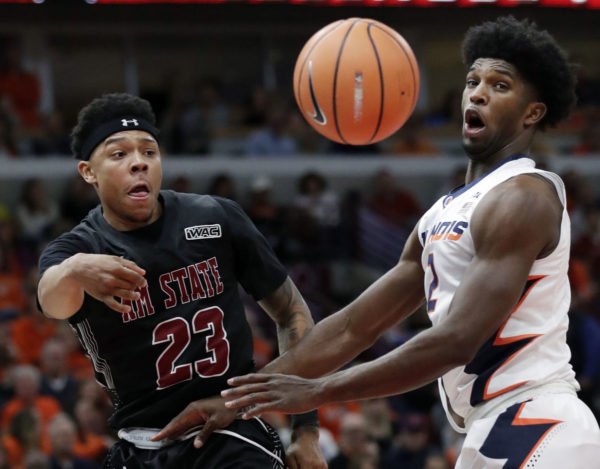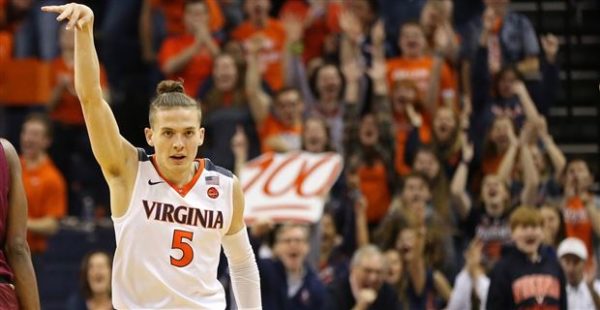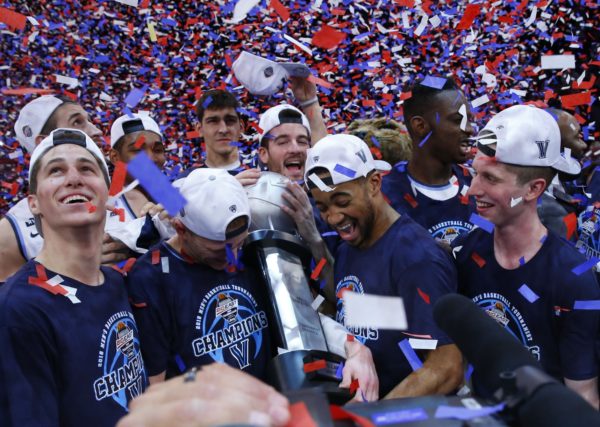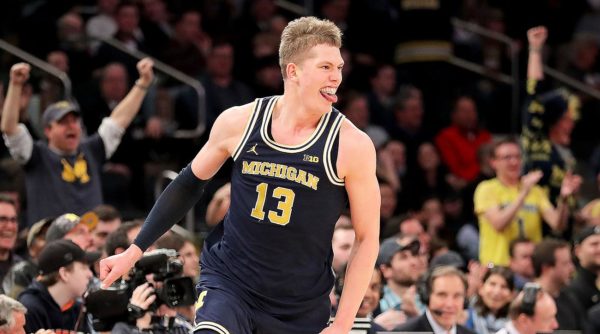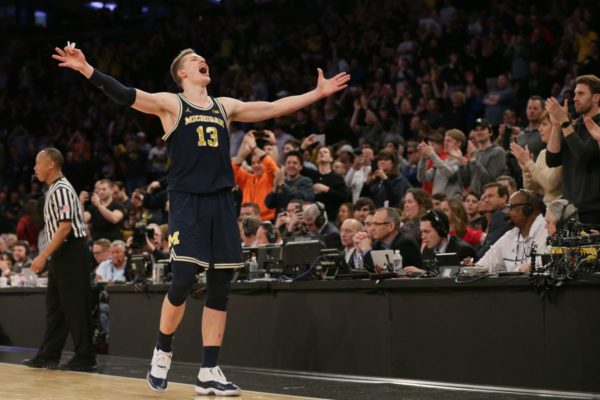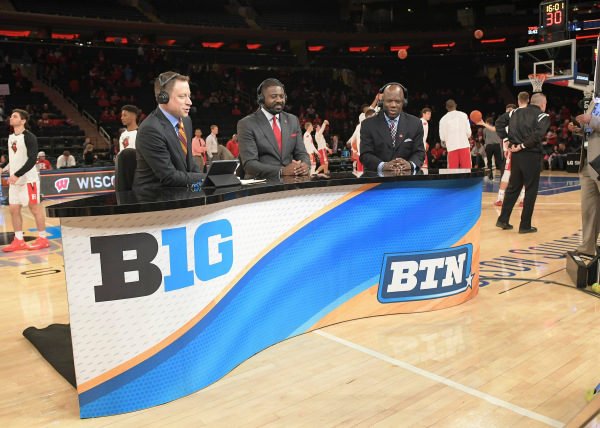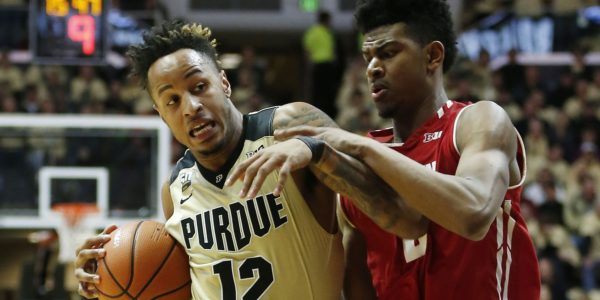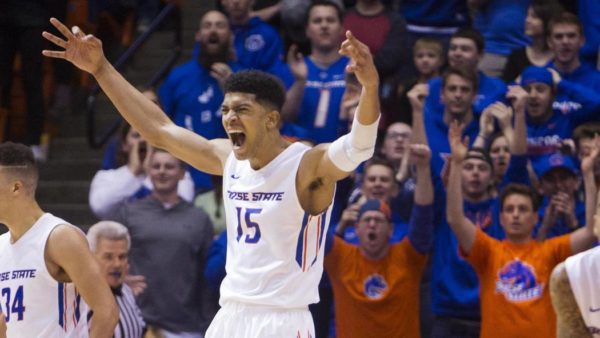Rushed Reactions: #10 Butler 79, #7 Arkansas 62
Posted by Tommy Lemoine on March 16th, 2018RTC will be providing coverage of the NCAA Tournament from start to finish. Tommy Lemoine (@hoopthink) is reporting from Detroit.
Key Takeaways.

Kelan Martin and Kamar Baldwin came up big against Arkansas. (AP Photo/Carlos Osorio)
- Butler’s two best players were at their best when it counted. All-Big East first teamer Kelan Martin scored 27 points, including several big shots to set the tone for Butler early in the second half. Sophomore guard Kamar Baldwin (24 points, nine rebounds, five assists) was even better, making a pair of and-ones, a huge corner three, and a game-sealing layup all within the game’s final eight minutes. Butler’s top two offensive weapons — both of whom averaged more than 15 points per game this season — stepped up when it mattered most. Some players would become tentative after squandering a 19-point first half lead, especially in the face of a relentless full-court press like Arkansas. Not these guys.
- The first half was chaos. Butler jumped out to a 21-2 lead to start the game, making mincemeat of Arkansas’ press. The Razorbacks then responded with a 27-6 run of their own. After briefly losing the lead, the Bulldogs counterpunched with an 8-2 run to end the half, taking a five-point lead into the locker room. All the while, bodies were hitting the floor, the ball was being deflected every which way, and neither fan base really knew what to do with themselves. “With our team, it’s a game of runs,” Arkansas coach Mike Anderson noted afterwards, perhaps understating just how wild the first half was. The flow of the game settled when Butler took control in the second half, but not before one of the more wild opening stanzas in recent memory.
- Butler could be in position to make another unexpected run. Butler is no stranger to shocking the world in March. Brad Stevens took the program to Final Fours as a #5 seed and a #8 seed in 2010 and 2011. In 2003, the Bulldogs reached the Sweet Sixteen as a #12 seed. Now, in LaVall Jordan’s first season as the Bulldogs’ head coach, Butler is in great position to exceed March expectations once again. Not only does Jordan’s team rank #23 overall on KenPom — meaning it was vastly under-seeded based on advanced metrics — but the news of Isaac Haas’s season-ending elbow injury greatly increases the Butler’s chances of upsetting #2 Purdue. The 7’2″ center scored a ridiculous 15 points in 16 minutes in the Boilermakers’ runaway victory over the Bulldogs back in December. Without him, Sunday’s matchup may simply come down to guard play — where Butler has much friendlier matchups.
Star of the Game. Kamar Baldwin, Butler. Baldwin single-handedly put Arkansas away, scoring 11 of his 24 points over a five-minute stretch late in the second half. He also played a huge role in neutralizing Jaylen Barford (15 points) and Daryl Macon (12 points), the Razorbacks’ highly-touted guard duo.





























